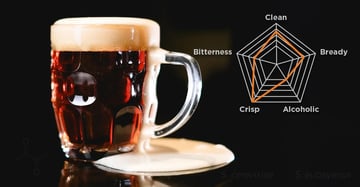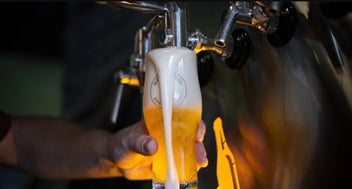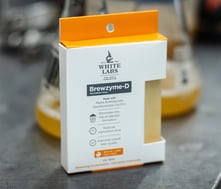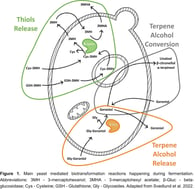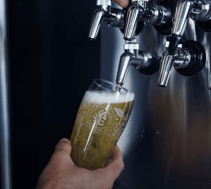
East Village Brewing Company & WLP920 Old Bavarian Lager Yeast
Located in downtown San Diego. East Village Brewing Company is an independent brewery committed to wholesome ingredients, sustainability, and community. They believe in the old adage “you are what you eat”. Beer is food, so it is imperative that we only source the highest quality and most wholesome ingredients. From years of experience and trialing…
Read more



